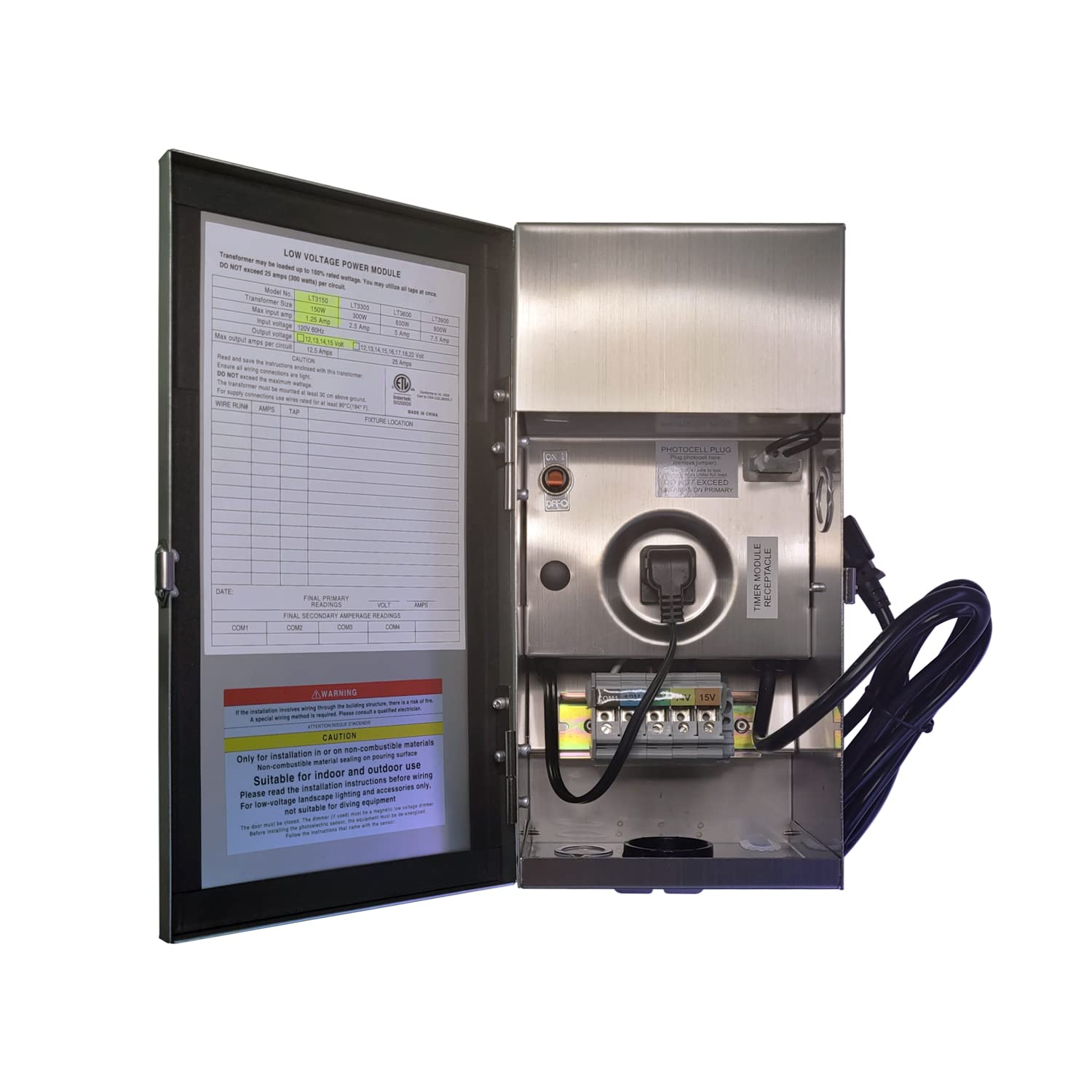When it comes to industrial settings, the importance of efficient lighting cannot be overstated. Lighting transformers play a crucial role in ensuring that the lighting systems in these environments operate optimally. In this article, we will delve into the benefits of minimizing maintenance for lighting transformers in industrial settings and how it can positively impact operations.

The Significance of Reliable Lighting Transformers
Industrial settings often have demanding lighting requirements, and the reliability of lighting transformers is paramount. These transformers are responsible for ensuring a steady and consistent supply of power to the lighting fixtures, which is essential for maintaining a safe and productive work environment. Any disruptions or failures in the lighting system can lead to downtime, decreased productivity, and potential safety hazards.
Exploring the benefits of minimizing maintenance for lighting transformers in industrial settings involves understanding the impact of reliable transformers on overall operations. By implementing transformers that require minimal maintenance, industrial facilities can significantly reduce the risk of unexpected downtime and the associated costs.
Enhancing Operational Efficiency
Minimizing maintenance for lighting transformers can lead to enhanced operational efficiency in industrial settings. With transformers that are designed for reliability and longevity, maintenance requirements are reduced, allowing maintenance personnel to focus on other critical areas of the facility. This can result in cost savings and improved resource allocation.
Furthermore, reliable lighting transformers contribute to a more stable and consistent lighting environment, which is essential for tasks that require precision and accuracy. Whether it's manufacturing processes, quality control inspections, or general workspace illumination, a dependable lighting system supported by low-maintenance transformers can positively impact overall operational efficiency.
Long-Term Cost Savings
Investing in lighting transformers that minimize maintenance requirements can lead to long-term cost savings for industrial facilities. While the initial investment in such transformers may be higher, the reduced need for frequent maintenance, repairs, and replacements can result in significant cost savings over the lifespan of the equipment.
Additionally, the avoidance of unplanned downtime due to lighting system failures can prevent costly disruptions to operations. By taking a proactive approach to minimize maintenance for lighting transformers, industrial settings can achieve a more predictable and cost-effective operational model.
Ensuring Safety and Compliance
In industrial settings, safety and regulatory compliance are non-negotiable aspects of operations. Lighting transformers that are designed to minimize maintenance contribute to a safer work environment by reducing the likelihood of lighting-related incidents and failures. This is particularly crucial in environments where specific lighting standards and regulations must be adhered to.
By exploring the benefits of minimizing maintenance for lighting transformers in industrial settings, facilities can prioritize safety and compliance while also optimizing operational performance.
In conclusion, the advantages of minimizing maintenance for lighting transformers in industrial settings are multifaceted. From enhancing operational efficiency and ensuring safety to achieving long-term cost savings, the impact of reliable and low-maintenance transformers cannot be overstated. By prioritizing the selection of transformers that are designed for minimal maintenance, industrial facilities can create a more resilient and productive lighting infrastructure.








